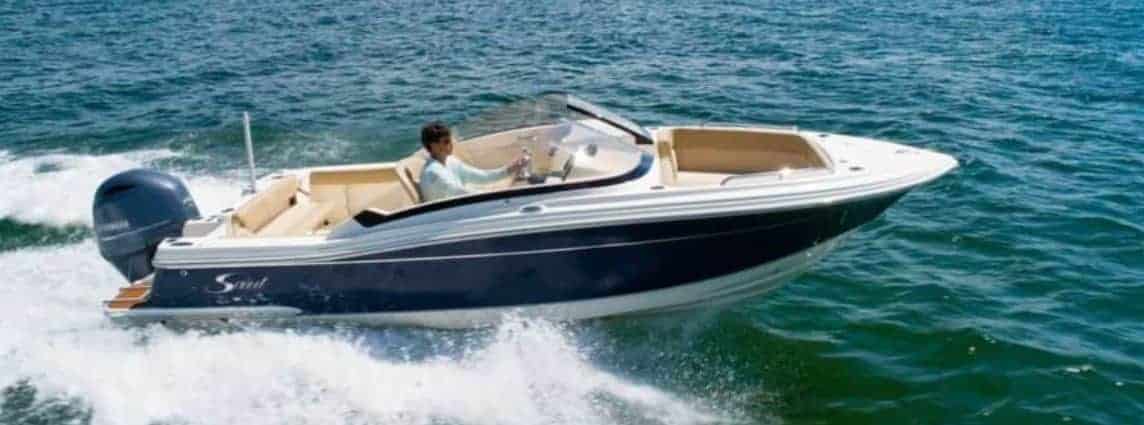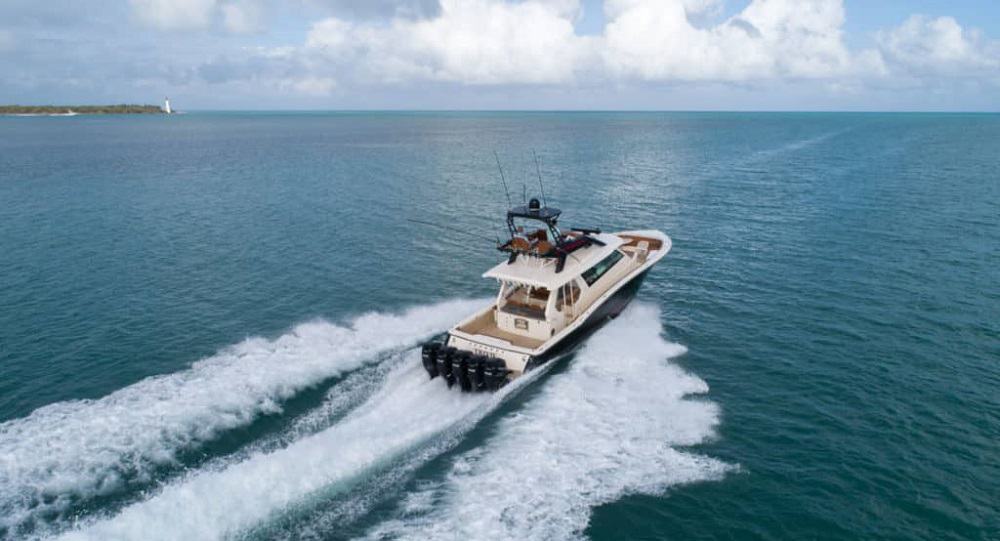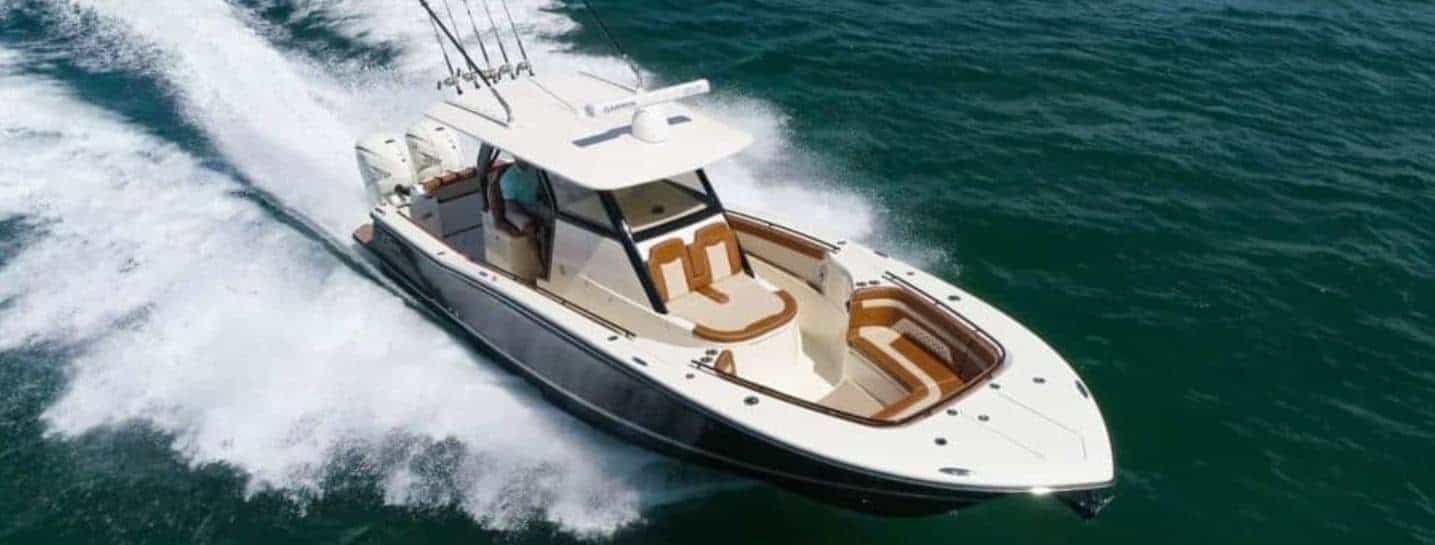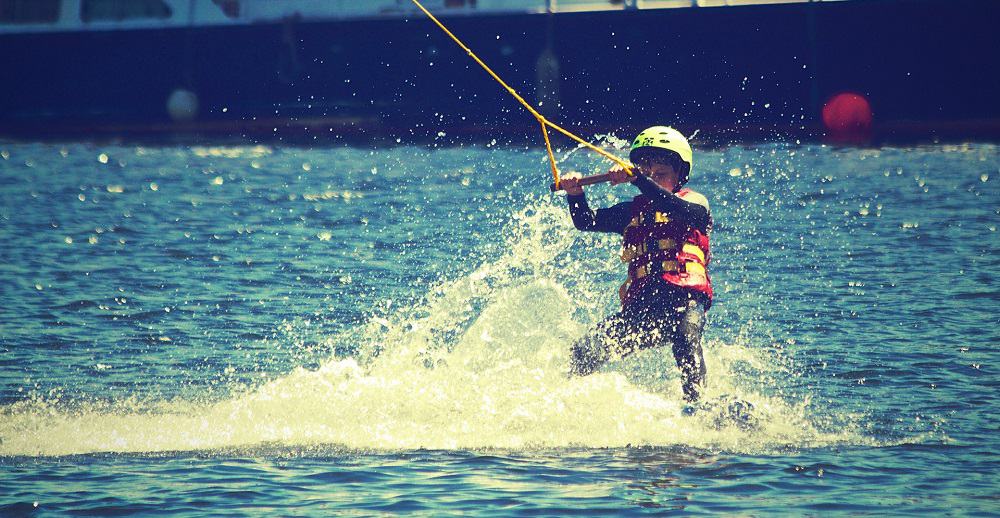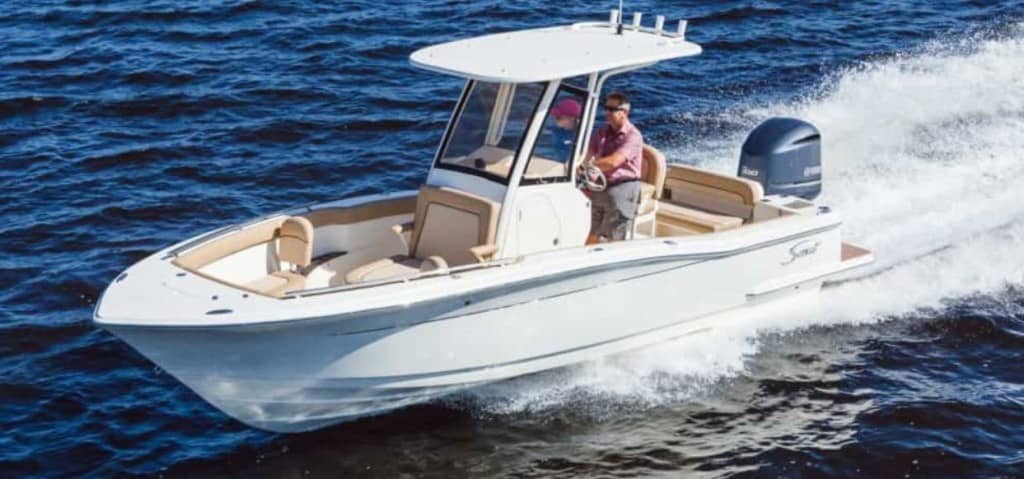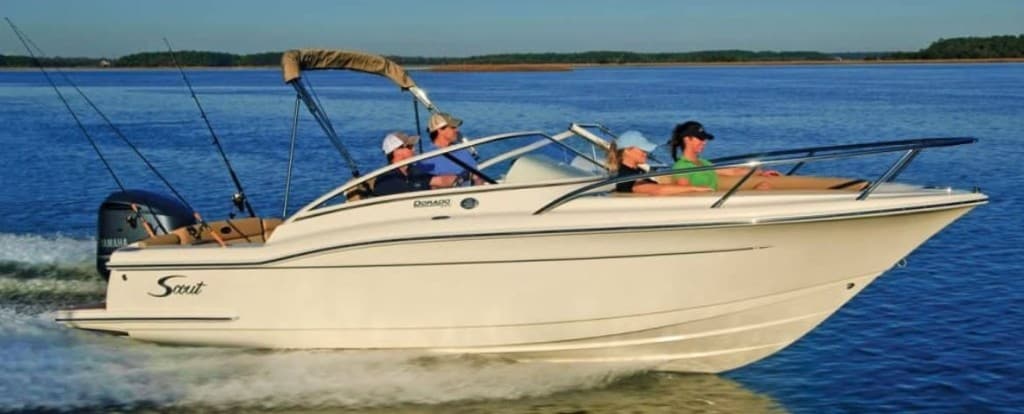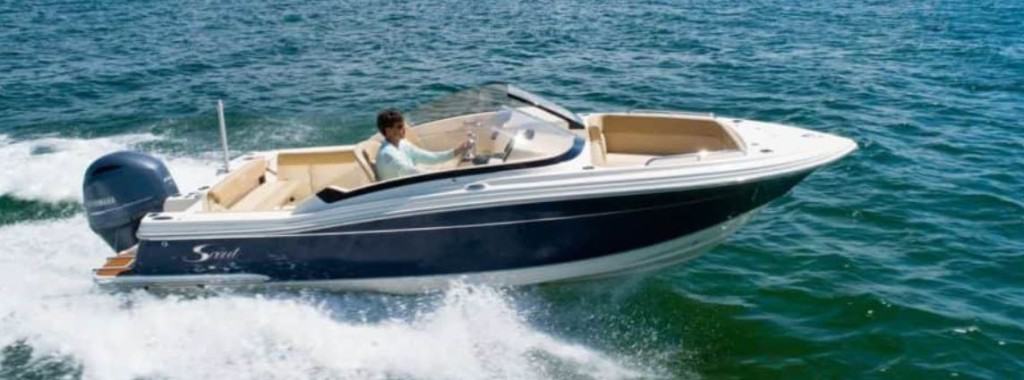
You can do your best to avoid harsh conditions while boating, but you’ll eventually run into choppy waves, high winds, and rough water. Rough water can range from mildly frustrating to downright dangerous, but with these rough water boating tips, you can maintain safety and comfort for yourself, your boat, and your passengers.
Customize a craft to fit your exact needs with our Build Your Scout tool!
Check the Weather Before You Leave
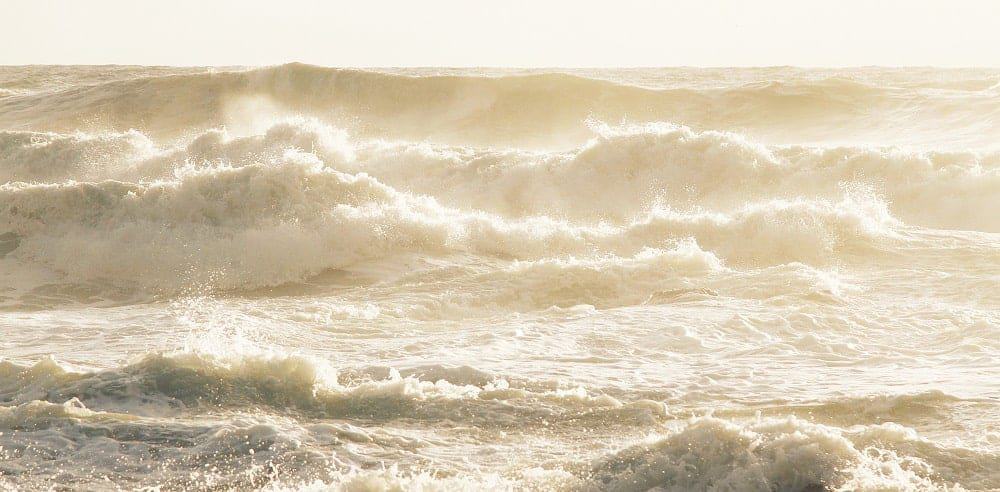
Before you leave, check the local weather report, keeping a watchful eye for wind speeds and wind direction. If you see that winds will be high or storms are expected in the near future, it may be best to delay your trip and avoid the hassle of rough water.
Have More Than Enough Fuel
Boating in rough water consumes more fuel than traveling the same distance in smooth conditions. If there is any chance of rough water, especially on an extended, multi-day trip, make sure you pack plenty of fuel so you don’t get stranded.
Stay Calm
This is the most fundamental aspect of safe boating in rough water. If you panic, you’ll make bad decisions, but if you stay cool, keep your head, and think clearly, you’re far more likely to reach your destination.
Wear a Lifejacket

Rough water creates unpredictable situations. The people on your boat are the most important factor, but if someone goes overboard in rough water, even the best swimmer will have difficulty staying afloat. When the water gets rough, everyone should be wearing a lifejacket, especially children (who should probably be wearing a lifejacket anyway!)
Slow Your Boat’s Speed
A slower boat is easier to control and gives you more time to react. If waves are particularly high, a slower boat will also ride up and over waves, rather than crashing directly into them, which creates more control and more comfort for your passengers.
Secure Loose Items
If a large wave comes crashing into your boat, it helps to have all of your items secured to the vessel or stored in compartments. Coolers, fishing rods, tackle boxes, towels, purses, and other items can go sailing into the water, so make sure everything is tucked away in proper storage compartments before rough water even hits.
Approach Large Waves at an Angle, Not Directly
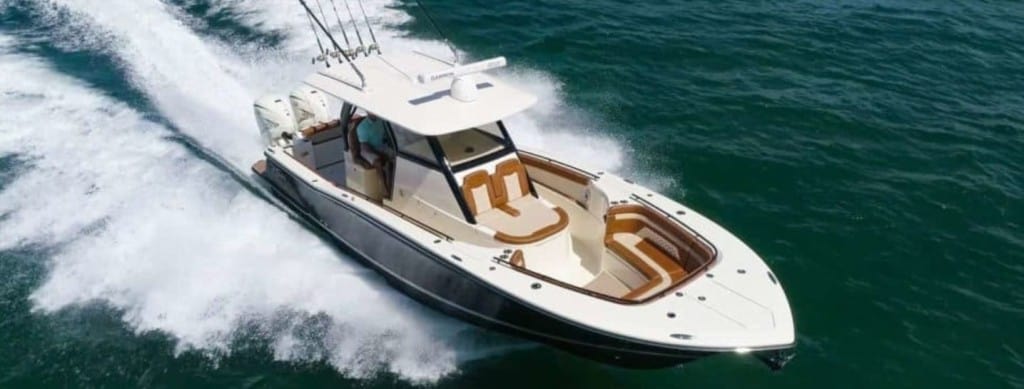
Slamming directly into a wave not only creates a jarring impact (even on the sharpest of V-hulls), but it can harm your boat and create a safety issue. To lessen the impact, approach a large wave at a 45-degree angle. In particularly rough water, you may need to act like a sailboat, zigzagging through waves to reach your destination safely.
A Better Hull for Your Rough Water Boating
If you follow these rough water boating tips, you’re sure to stay safe. However, rough water also calls for a boat with a perfectly designed hull. While no boat can ensure complete safety, our vessels are designed in-house to create the best ride possible, creating more comfort and stability in rough water. You can also use our Build Your Scout tool to customize your favorite craft to meet your exact needs.

